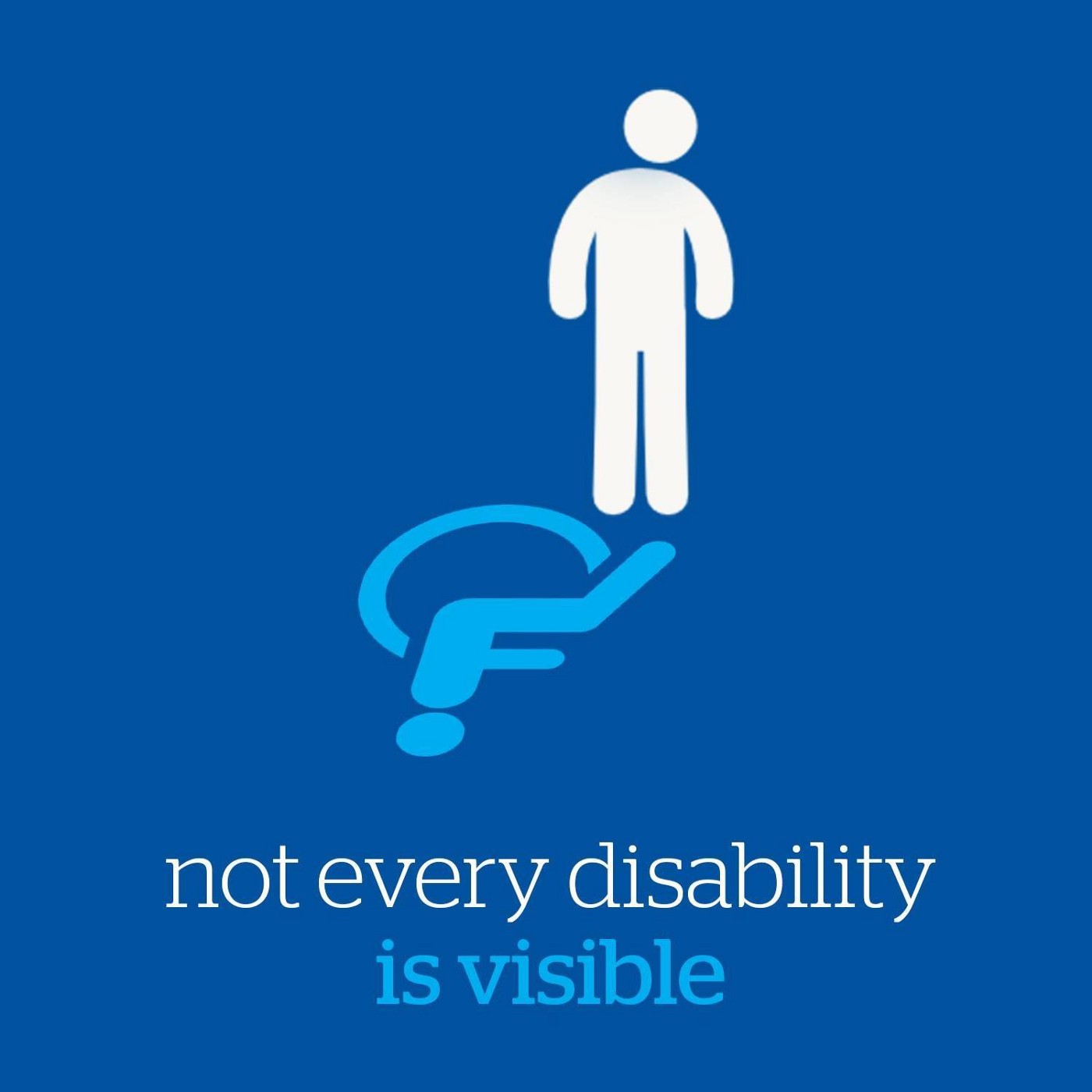Invisible Disabilities Awareness Week (October 16 - 22)
The Invisible Disabilities® Association (IDA), a 501(c)3 nonprofit started Invisible Disabilities Week in 2014. Their mission is to encourage, educate and connect people and organizations touched by illness, pain, and disability around the globe. The Americans with Disabilities Act (ADA) defines a person with a disability as a person who has a physical or mental impairment that substantially limits one or more major life activity. ADA also makes it unlawful to discriminate against a person based on that person’s association with a person with a disability.
An invisible disability is a physical, mental, or neurological condition that is not visible from the outside, yet can limit or challenge a person’s movements, senses, or activities. There are thousands of illnesses, disorders, diseases, dysfunctions, congenital disabilities, impairments, and injuries that can be debilitating.
The frequently invisible nature of illness and pain may lead to disbelief about that illness or pain by those surrounding the person who lives daily with invisible disabilities. This disbelief can lead to misunderstandings and rejection by friends, family, and health care providers. It may also lead to accusations of laziness or faking an illness.
Just because a person has a disability does not mean they are disabled. Many living with these challenges are still fully active in their work, families, sports, or hobbies. Some with disabilities can work full or part-time, but struggle to get through their day, with little or no energy for other things.
Unfortunately, people often judge others by what they see and conclude a person can or cannot do something by the way they look. This attitude can be equally frustrating for those who may appear unable but are perfectly capable, as well as those who seem able, but are not.
The bottom line is that everyone with a disability is different, with varying challenges and needs, as well as abilities and attributes. Thus, we all should learn to listen with our ears instead of judging with our eyes. That is the reason we define invisible disability.
*Information sourced from the Invisible Disabilities® Association
